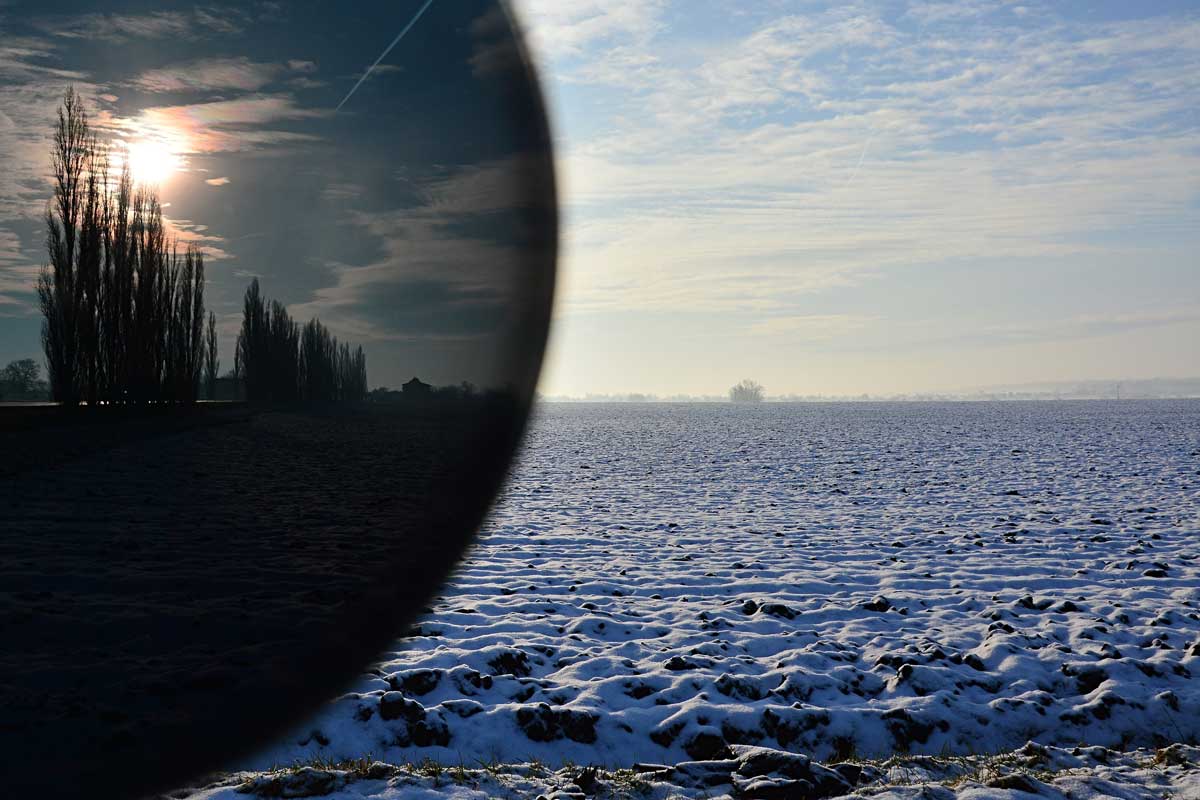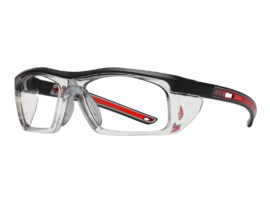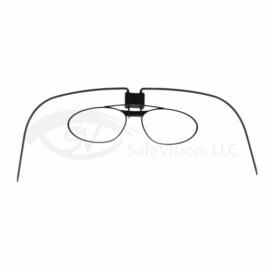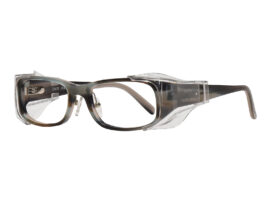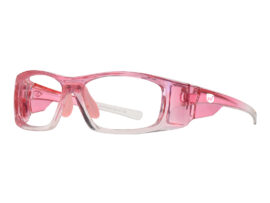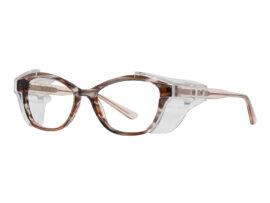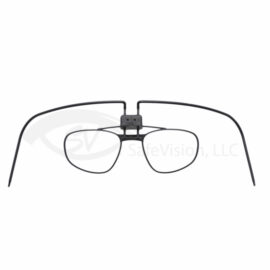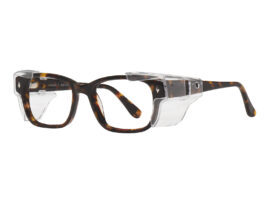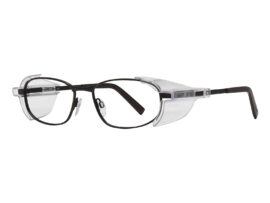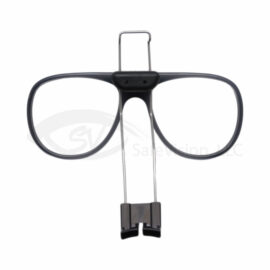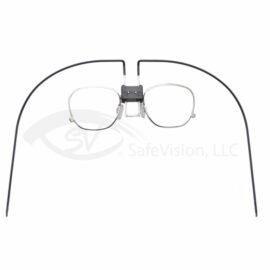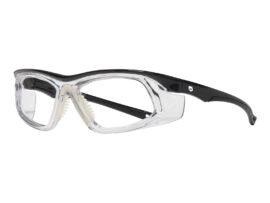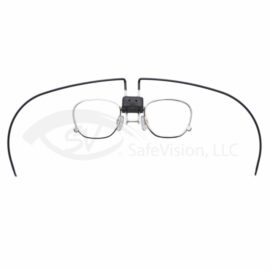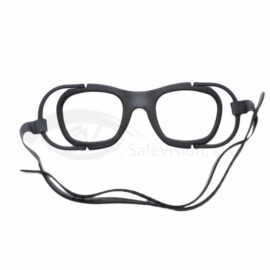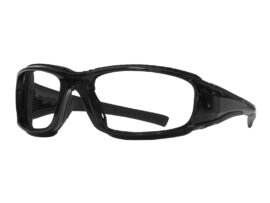Eye Health, Safety Glasses
A Guide to Polarized & Photochromic Lenses in Prescription Safety Eyewear
In prescription safety eyewear, technological advancements have led to the development of specialized lenses that enhance vision and protect the eyes in various environments.
Two notable types are polarized and photochromic lenses, each offering unique benefits.
POLARIZED LENSES: ELIMINATING GLARE FOR ENHANCED CLARITY
Polarized lenses are engineered to minimize glare from reflective surfaces such as water, roads, and metal.
These lenses contain a special filter that blocks intense horizontal light, such as sunlight reflecting off water or roads. Polarized lenses enhance visual clarity, depth perception, and color contrast by eliminating glare, providing a more comfortable and safer viewing experience.
Polarized lenses are useful for a variety of applications, including:
DRIVING SAFETY
Polarized lenses improve visibility and reduce eye strain, enhancing reaction times by reducing glare from wet or icy roads and oncoming headlights.
WATER AND SNOW SPORTS
These lenses minimize glare from water and snow for fishing, sailing, and skiing, allowing for better visibility of potential hazards.
CONSTRUCTION AND OUTDOOR WORK
Workers exposed to sunlight and reflective surfaces benefit from reduced glare off metal, glass, and other shiny materials, ensuring better focus and safety.
EVERYDAY OUTDOOR USE
For individuals who spend significant time outdoors—whether walking, gardening, biking, or commuting—polarized lenses reduce glare from pavement, car windshields, and building surfaces. This helps minimize eye fatigue and improves visual comfort in bright environments, making them an excellent choice for work and leisure.
PHOTOCHROMIC LENSES: ADAPTIVE EYEWEAR FOR CHANGING LIGHT CONDITIONS
Photochromic lenses, or light reactive lenses such as the Sensity® brand from HOYA Vision Care, automatically adjust their tint in response to changing light conditions. They darken when exposed to ultraviolet (UV) light and return to a clear state indoors, providing continuous UV protection and optimal vision in varying lighting environments.
This adaptive feature makes them incredibly versatile for individuals who frequently move between indoor and outdoor environments. Photochromic lenses provide constant UV protection while ensuring optimal vision in varying lighting conditions.
Photochromic lenses may be useful for:
VERSATILITY IN WORK ENVIRONMENTS
Professionals working in environments with shifting light conditions, such as factories or warehouses, can benefit from photochromic lenses, as they provide continuous eye protection without switching between regular glasses and sunglasses.
OUTDOOR ACTIVITIES
For hikers, cyclists, and others engaged in outdoor pursuits, photochromic lenses adjust to changing sunlight, enhancing comfort and safety while also provided UV protection.
INDOOR AND OUTDOOR SPORTS
Athletes participating in sports transitioning between indoor and outdoor settings, such as basketball or tennis, can maintain clear vision without being hindered by changing light conditions.
FIELD SERVICE AND DELIVERY WORK
Workers who frequently move between vehicles, buildings, and outdoor environments—such as utility technicians, inspectors, and delivery personnel—benefit from photochromic lenses that adapt to changing light without switching eyewear. This ensures consistent visual clarity and protection throughout the day.
Frequently Asked questions
Modern photochromic lenses transition from dark to clear in about 25 seconds and reverse in less than two minutes.
While beneficial for reducing glare, polarized lenses may interfere with the visibility of digital screens and are not recommended for pilots due to potential issues with instrument readability.
POLARIZED AND PHOTOCHROMIC LENSES: SELECTING THE RIGHT LENS OPTIONS FOR YOUR NEEDS
Selecting the appropriate lens technology in prescription safety eyewear is crucial for optimal vision and protection.
Polarized lenses reduce glare and enhance visual clarity in bright outdoor environments.
In contrast, photochromic lenses adapt seamlessly to changing light conditions, offering continuous protection and clear vision.
Understanding the benefits and applications of polarized and photochromic lenses enables individuals to make informed decisions based on their needs and work environments.
At SafeVision, we offer a comprehensive range of prescription safety glasses featuring polarized or photochromic lenses, ensuring you receive reliable protection and clear vision tailored to your requirements.
Explore our safety eyewear collection to find the perfect pair that meets your needs.

